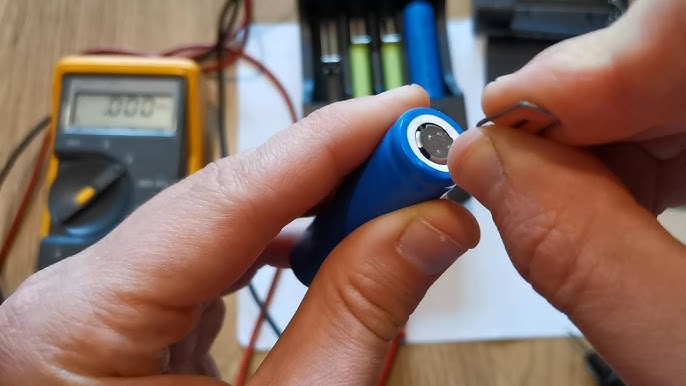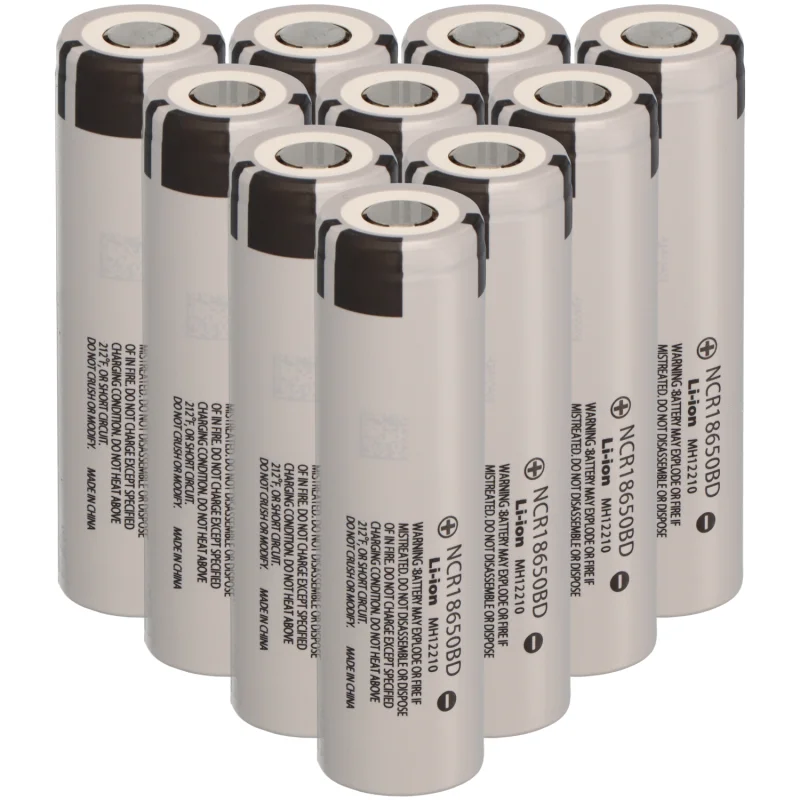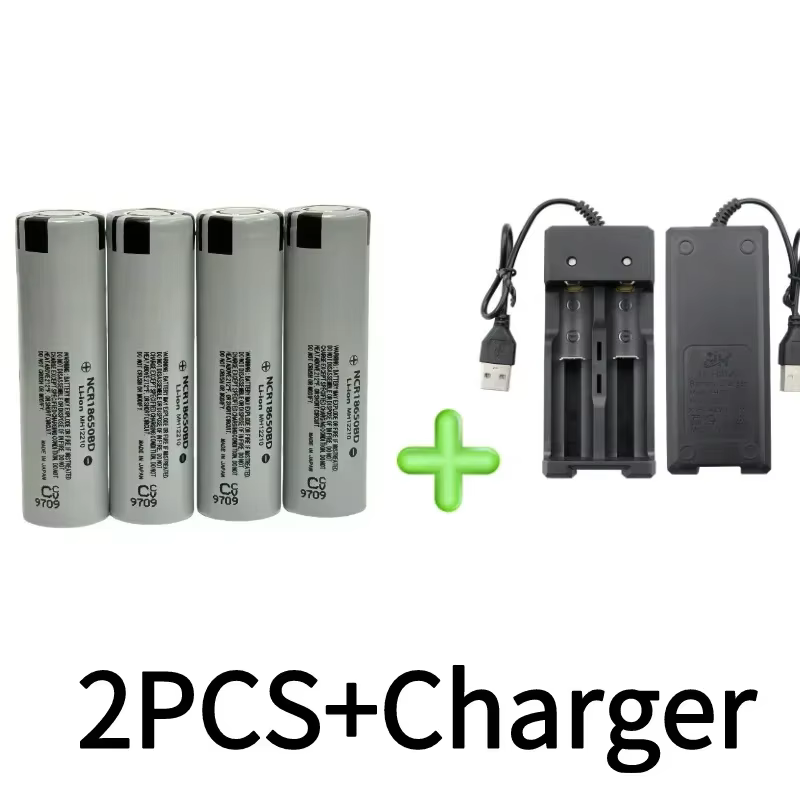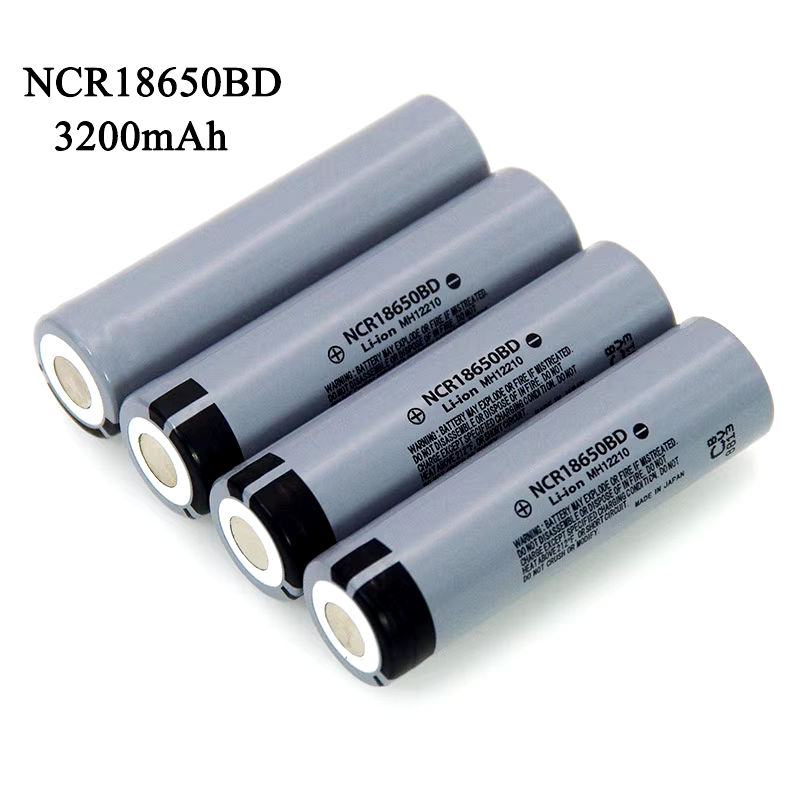Table of Contents
How to remove protection from 18650 battery, which are most often used in electric bicycle batteries
18650 lithium-ion cells are popular for their high capacity and long lifespan, with the NCR18650BD model featuring a nominal voltage of 3.6V and a capacity of 3100mAh. However, even these reliable batteries can be deeply discharged, triggering the battery’s protection circuit (BMS) and rendering them seemingly unusable. This article explains how to restore such batteries after a deep discharge, how to check them, proper charging techniques, and other essential details.
How to Restore an NCR18650BD Battery After Deep Discharge
Method!: Dangerous Mechanical intervention method
Lithium-ion batteries are equipped with a protection system that prevents dangerous states like over-discharge, overcharge, or overheating. When the battery is fully discharged, the built-in protection (Battery Management System or BMS) can disconnect the circuit, making the battery appear “dead” to external devices. This is a safety mechanism that helps prevent irreversible chemical changes within the cells.
Why Does a Lithium-Ion Battery Enter Protection Mode?
- Over-Discharge: If the cell voltage falls below a safe threshold (typically around 2.5–3.0 V), the protection activates to prevent deep discharge, which could damage the battery.
- Excessive Voltage: If charging attempts push the cell above 4.2–4.3 V, the protection kicks in to avoid overcharging.
- Overheating: When the battery overheats beyond safe limits, the protection blocks it to prevent risks of fire or explosion.
What Happens When Pressing the Valve Near the Positive Terminal?
This valve usually serves as a pressure-release mechanism in case gases accumulate inside the battery, creating excess pressure. Attempting to press this valve or “mechanically reset” the battery protection can result in a few things:
Gas Release: If gases have built up (for example, due to electrolyte degradation), pressing the valve might release them, though this is unsafe and not a recommended recovery method.
Temporary Contact Reestablishment: Sometimes, internal contact plates may shift or expand due to thermal changes. Mechanical pressure could momentarily “wake” the battery, but this is often a temporary solution and can cause damage.
Restoring a Battery After Entering Protection Mode
If the battery entered protection due to over-discharge, mechanical actions rarely help. Here are some safer options:
- Gradual Recharging with Low Current: Apply a minimal current (usually around 0.1 A) for 10–15 minutes using a charger. This may “wake up” the protection board.
- Using Specialized Chargers: Some chargers support a “recovery” or “activation” mode for lithium-ion batteries, safely supplying voltage to bring the battery out of protection mode.
Chemical Processes During Battery Recovery
When a lithium-ion battery recovers from a discharge, the electrolyte stabilizes, and the plates gradually regain their ability to transmit ions. However, too deep a discharge and repeated attempts to “mechanically” reset the battery can shorten its lifespan and damage the cell structure.

Method 1: Slow Charging with Low Current
- Connect to a smart charger: Use a charger with a recovery function capable of charging low-voltage cells and gradually bringing the voltage up to a safe level.
- Initial charging: Set the charger to a low current (100-200 mA). This will help slowly raise the voltage to 3V without causing heat buildup or damage.
- Switch to regular charging: Once the voltage reaches 3V, switch to standard charging mode (0.5-1A) to fully charge the battery.
Method 2: Using a Power Supply
- Configure the power supply: Set the power supply slightly above the nominal voltage (around 4.0V) and limit the current to 100 mA.
- Connect the battery: Attach the power supply leads to the battery terminals and apply voltage for 5-10 minutes while monitoring temperature and voltage.
- Transition to a charger: Once the voltage reaches 3V, switch to a conventional charger to complete the charging process.
Method 3: Parallel Connection with a Charged Cell
- Connect to another battery: Connect the deeply discharged battery in parallel with a fully charged battery of the same type using 10-ohm resistors for protection.
- Voltage balancing: Leave them connected for several minutes to balance the voltage between the batteries.
- Recharge: Once the discharged battery reaches a safe voltage, proceed with standard charging.
Unlocking BMS Protection
If the battery has a built-in battery management system (BMS) that has locked:
- Temporary power boost: Apply voltage (4-4.2V) briefly from a power source to bypass the protection.
- Reset the BMS: Disconnect the power and reconnect the battery. If the BMS resets, the battery will start charging.
How to Check a 18650 Battery
- Measure voltage with a multimeter: Check the voltage across the terminals. If it’s below 2.5V, the battery needs restoration.
- Capacity testing: Use a battery tester to measure actual capacity and compare it to the rated capacity.
- Internal resistance check: Measure internal resistance using a charger with IR measurement capability. High resistance may indicate battery degradation.
How to Properly Charge a 18650 Battery
- Select a smart charger: Use a charger with a CC/CV (constant current/constant voltage) charging profile.
- Charging current: It’s recommended to charge at a current not exceeding half of the battery’s capacity (e.g., 1.5A for a 3100mAh battery).
- Full charge: The charger should stop charging when the battery reaches 4.2V.
What Is the Maximum Capacity for a 18650 Battery?
The maximum capacity for current 18650 batteries typically ranges between 3400 and 3600 mAh. Be cautious of batteries claiming capacities higher than 3600 mAh, as these are often exaggerated or false claims by unreliable manufacturers.
How Many Amps Are Needed to Charge a 18650 Battery?
- Recommended charging current: A safe charging current is usually between 0.5C and 1C (where C is the battery’s capacity). For a 3100mAh battery, the recommended charging current ranges from 1.5A to 3A.
- Trickle charge current: After the battery reaches 4.2V, the charger should reduce the current to a minimal level to prevent overcharging.

Buy a set of batteries in the USA for $7

Buy a set of batteries in EUROPE for 5.89 EUR

Properly restoring, checking, and charging 18650 batteries can help extend their lifespan and ensure safe operation. Perform these recovery procedures carefully and in a fire-safe environment to minimize risks.



